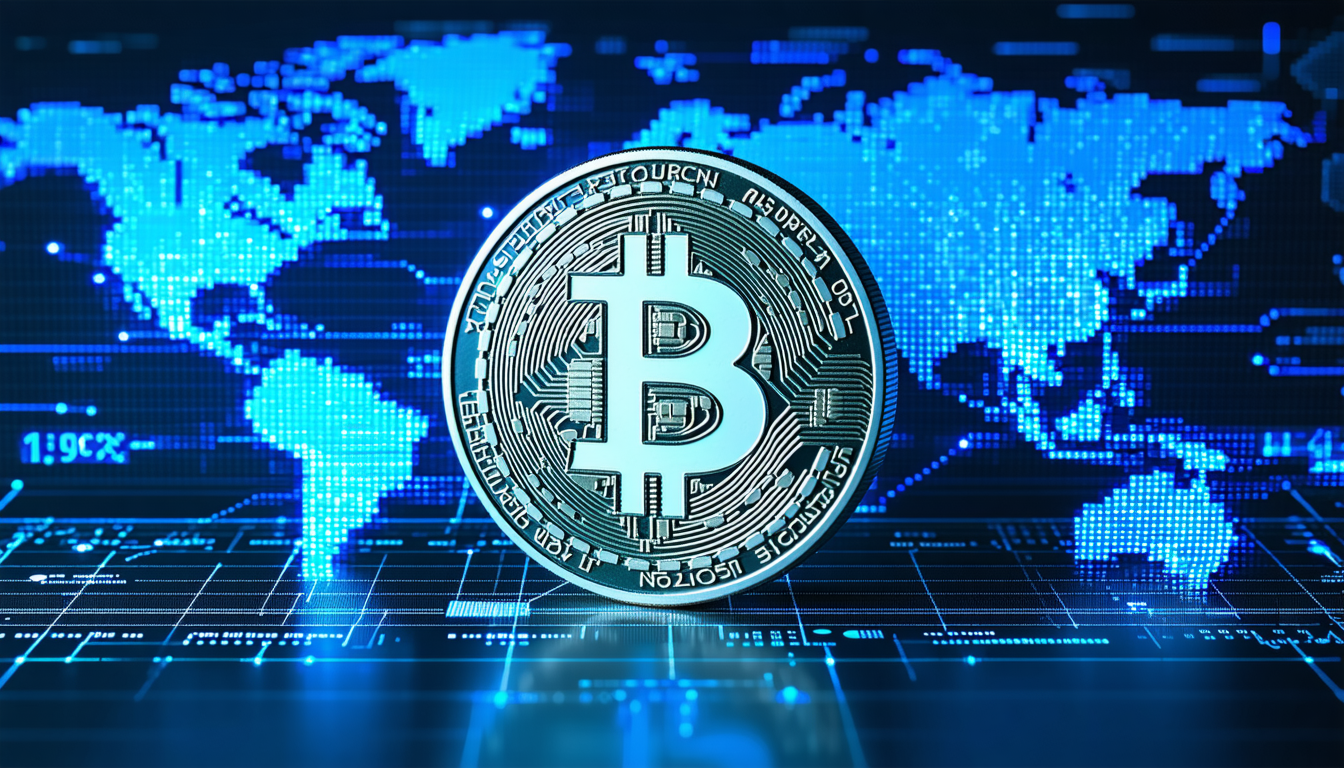The crypto Pi Network is making headlines in the United Kingdom this week as new features and market movements coincide with the Bank of England’s reconsideration of its digital pound plans. On July 23, 2025, Pi Network introduced a fiat purchase option for its users, while UK regulators and industry experts debate the future of digital currencies and their impact on the nation’s financial landscape.
Pi Network Launches Fiat Purchase Option
Pi Network, a blockchain-based cryptocurrency project with a growing global user base, has rolled out a new wallet feature allowing users to purchase PI tokens directly with fiat currency. This update, announced on July 22, 2025, aims to streamline access for UK users and lower the barrier to entry for those new to digital assets.
According to Pi Network’s development team, the new “Buy” feature is designed to “make crypto accessible to everyone, regardless of technical expertise.” The move comes as the platform reports a surge in UK registrations, with thousands of new wallets created in the past month. Market data shows that PI tokens are currently trading at $0.46, with forecasts suggesting a potential price drop to $0.35 by late August. Despite this, recent whale activity—such as a single investor acquiring nearly 3 million PI tokens—has fueled speculation about future price movements.
Industry analyst Sarah Thompson notes, “The introduction of fiat on-ramps is a significant milestone for any crypto project. It signals maturity and a willingness to comply with regulatory expectations, which is especially important in the UK’s evolving digital asset environment.”
UK’s Digital Currency Landscape in Flux
The Pi Network’s expansion comes at a pivotal moment for digital currencies in the UK. The Bank of England is reportedly reconsidering its plans for a central bank digital currency (CBDC), known as the “digital pound.” Officials have expressed skepticism about the necessity of a state-backed digital currency, citing strong innovation from the private sector and concerns over privacy, financial stability, and public trust.
Governor Andrew Bailey told the Treasury Committee, “If commercial bank innovations succeed, I question why we need to introduce a new form of money.” This marks a shift from the Bank’s previous stance that a digital pound was “likely needed.” The project has faced public scrutiny, with over 50,000 responses—mostly critical—submitted during a recent consultation period.
Privacy advocates and consumer groups have raised concerns about surveillance and the risk of destabilizing bank runs during crises. Meanwhile, some lawmakers worry that foreign or Big Tech stablecoins could undermine the British pound’s stability if the UK does not keep pace with digital innovation.
Market Reactions and Stakeholder Impact
The Pi Network’s latest developments have drawn attention from both retail investors and institutional players. The addition of fiat purchase options is expected to boost liquidity and attract a broader demographic, including those previously hesitant to engage with cryptocurrencies due to technical barriers.
Key market indicators for Pi Network show mixed sentiment. The Fear & Greed Index stands at 74, indicating a “greed” phase, while volatility remains high at 8.68%. Analysts predict short-term price fluctuations, with some forecasting a 25% drop in PI token value over the next month. However, bullish investors point to recent whale acquisitions as a sign of long-term confidence in the project.
According to digital asset strategist Mark Evans, “The UK crypto market is at a crossroads. Projects like Pi Network are demonstrating real-world utility and user growth, but regulatory uncertainty remains a significant hurdle. The outcome of the Bank of England’s deliberations will set the tone for the next phase of digital currency adoption in Britain.”
The Road Ahead: Regulation, Innovation, and Public Trust
As the UK government weighs its options, the crypto Pi Network’s progress highlights the growing influence of private digital currencies. The debate over a digital pound underscores broader questions about the role of central banks, the importance of privacy, and the need for robust consumer protections.
Industry experts suggest that the UK’s cautious approach could foster a more stable and innovative financial ecosystem. By encouraging private sector solutions while maintaining regulatory oversight, the country may avoid some of the pitfalls seen in other jurisdictions.
Looking forward, several scenarios could unfold:
- The Bank of England may delay or abandon its CBDC plans, focusing instead on supporting private sector innovation.
- Projects like Pi Network could see accelerated adoption if regulatory clarity improves and consumer trust increases.
- Ongoing market volatility and regulatory uncertainty may continue to challenge both new and established digital assets.
Conclusion
The crypto Pi Network is rapidly evolving, with new features and growing user engagement in the UK. As the Bank of England reconsiders its digital pound strategy, the future of digital currencies in Britain remains uncertain but full of potential. Stakeholders across the financial sector are watching closely, as decisions made in the coming months will shape the trajectory of digital assets and the broader economy for years to come.






